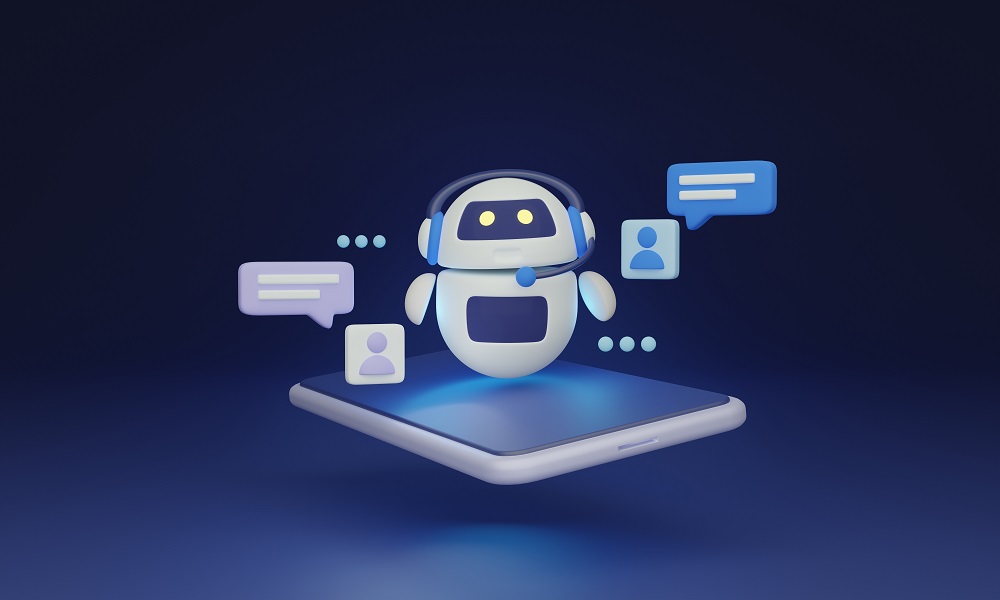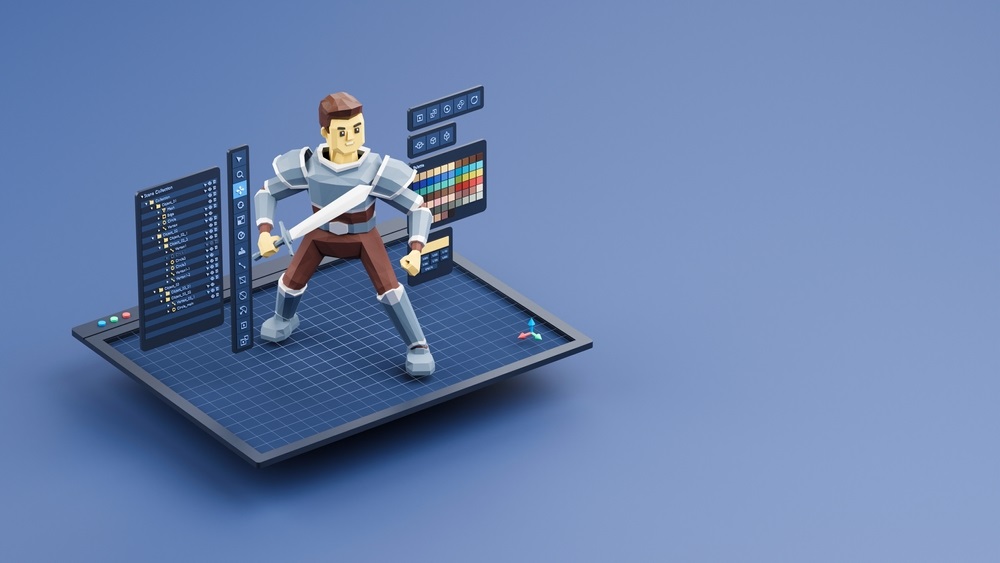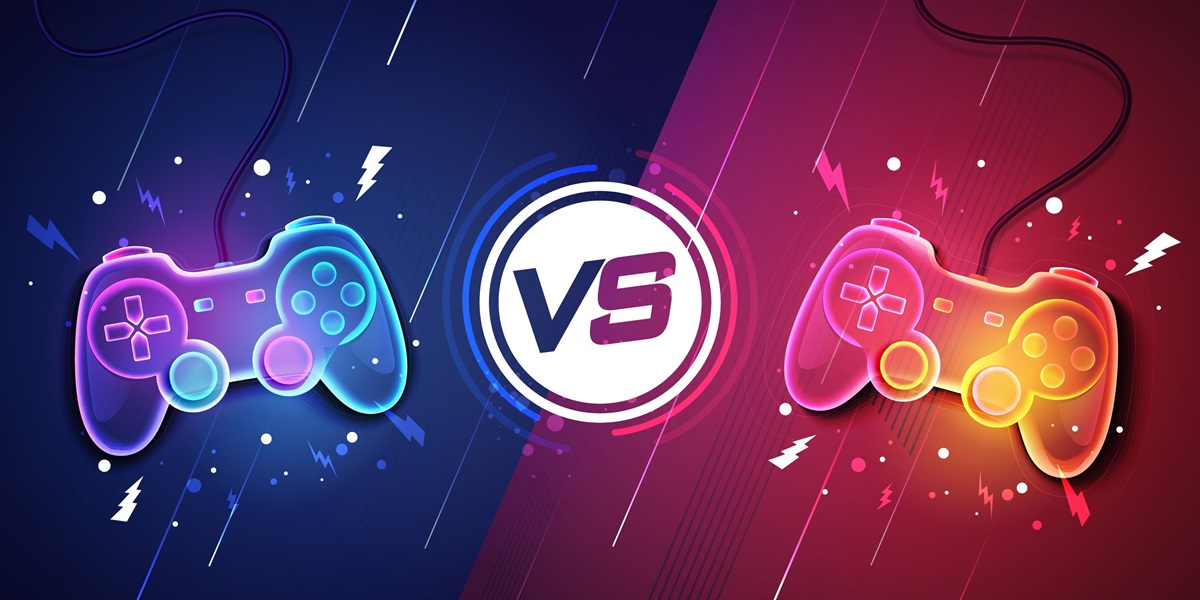Understanding the GPT Model Through GPT-3: A Comprehensive Guide for Beginners
Whether generating images or texts, suddenly Artificial Intelligence is everywhere. And the buzz around AI generative seems overwhelming these days. Generative AI refers to a process that can generate content with a few instructions. No other topic than the generative AI euphoria is gaining attention and creating more exposure around the world at present.
- The generative AI market all over the world will reach $53.9 billion by 2028. (Globe News Wire)
In the wake of advanced technologies, new approaches to AI algorithms are coming to the surface. Generative Pre-trained Transformer or GPT model is one such approach. GPT models by OpenAI have taken the NLP or Natural Language Processing space by storm through their powerful language processing abilities.
From answering various questions for example Quora questions, summarizing texts, to textual entailments, a GPT model can perform a range of tasks without any specific or supervised training.
These language models need very few and even sometimes zero examples to understand the tasks yet perform better than the previous conventional models trained in a supervised fashion.
So, on one side, generative models have been revolutionizing the Natural Language Processing space for the past few years. From NLP to autonomous vehicles, the implementation of AI generative models is untangling many complex situations across industries.
On the other hand, among the other generative models, the GPT model, particularly, is creating waves in the world of Artificial Intelligence. GPT-2 and its successor GPT-3 are two popular model architectures leveraged in NLP today.
Here, we will discuss the GPT model of Natural Language Processing in detail.
What is GPT 2?
GPT-2 is an AI language model that can create human-like written text. It uses deep learning algorithms to learn the details of the context and generate opinionated text. GPT-2 is powerful and can be used in educational, corporate, and governmental settings to help automate writing tasks.
What is GPT 3?
GPT 3 is the third generation of generative pre-trained transformers. Due to its unparalleled size and scale, GPT 3 stands brighter than its predecessors. In fact, this GPT model is gaining traction day by day.
Being developed by OpenAI, GPT 3 is the most advanced and robust NLP model right now. With more than 175 billion parameters and over 45TB of data, GPT-3 can generate human-like text, complete tasks such as question answering, translation, summarization, and even generate code.
Therefore, GPT 3's advanced understanding of contexts and relationships and linking between words are more effective than the other GPT models to generate texts.
The text by the GPT model GPT-3 is more convincing as if a human has written it. So, different fields like healthcare, education, digital marketing, and automotive engineering can leverage the GPT model or GPT-3.
Why is the GPT Model GPT-3 so Special?
GPT-3 can affect businesses and human lives in many ways unlike the earlier versions of the GPT model:
- Companies and individuals can use the GPT model to produce natural language text of premium quality.
- The customer care department can use it to answer questions.
- It can perform arithmetic problems up to five digits with utmost accuracy.
- It can write stories with good endings.
- It can predict the last words of sentences by contextual recognition.
- To much fascination, GPT-3 can automate the process of creating AI applications, reducing time and effort.
Above all, a GPT model can metamorphose the way computers understand natural language.
Use Cases of GPT-3 Model
The prime characteristic of NLP is generating natural language pivoting around the generation of human language natural text. on the basis of creating human-readable content, there are many use cases of the advanced GPT model GPT-3:
1. Coding and Summarization
GPT-3 s so advanced among the other versions of the GPT model that it can generate and summarize any kind of text structure. Besides human languages, GPT-3 holds the ability to program codes.
Many developers are already using Copilot, a system powered by GPT-3 to generate new codes. So, wherever there is a need for text summarization and programming codes, GPT-3 model proves its efficiency.
2. Writing Texts
Like the earlier versions of the GPT model, the third generation of GPT can also generate realistic texts analyzing sources available on the web. It can create a range of human texts like articles, stories, news reports, and dialogue.
The writing becomes so perfect that many times it is indistinguishable from the human written content.
3. Automated Conversations
GPT-3 is also used for automated conversational tasks, such as responding to any text that a person types into the computer with a new piece of text that is contextually appropriate.
4. Designing and Developing Video Games
GPT-3 can create codes. So, definitely, game designers and game developers can leverage the GPT model to write codes for their games. Developers can design and develop augmented reality driven objects using their voice commands.
5. Summarizing Transcriptions
GPT-3 can be used to automatically summarize meeting transcripts.
6. Managing Risks
Companies can use GPT-3 to generate risk ratings automatically on the foundation of risk title, causes, preventing controls, consequences and impacts, recovery and mitigating controls, and other factors.
The Advantages of GPT-3, the 3-rd Generation of the GPT Model
The most prominent advantage of GPT-3 is that it can create a large amount of content within less time. It has made the generation of text-based content effortless and efficient.
People can use this GPT model to translate languages, write essays, summarize text, answer questions, and many more. Indeed, GPT-3 is not the first GPT model focussing on generating natural language.
However, it is so brilliant that it can transform simple data into human-like language, increasing the efficiency of the GPT model. From arithmetic calculations, and content generation to programming codes, GPT-3 is the one-stop solution.
Final Thoughts
GPT-3 is the most incredible GPT model demonstrating the power of generative AI and Artificial Intelligence technology overall. It shows what possibilities in generative AI holds for the future.
From natural language processing and content creation, to answer to questions, GPT-3 has unleashed the power of AI applications to a whole new level.






